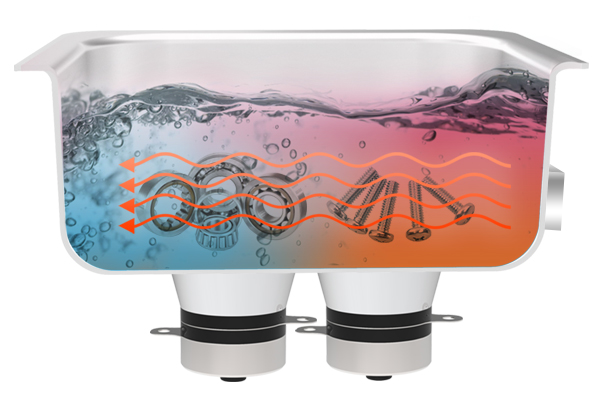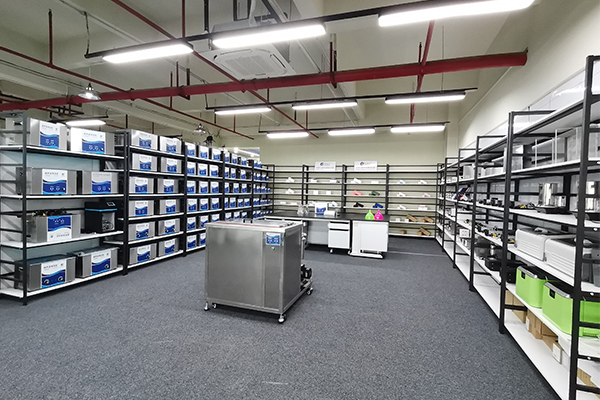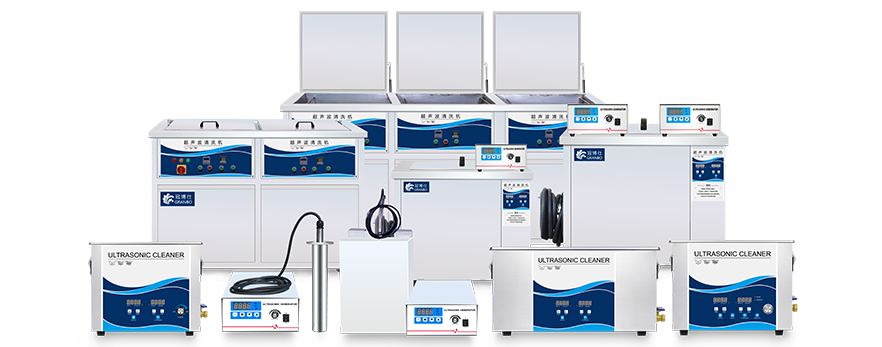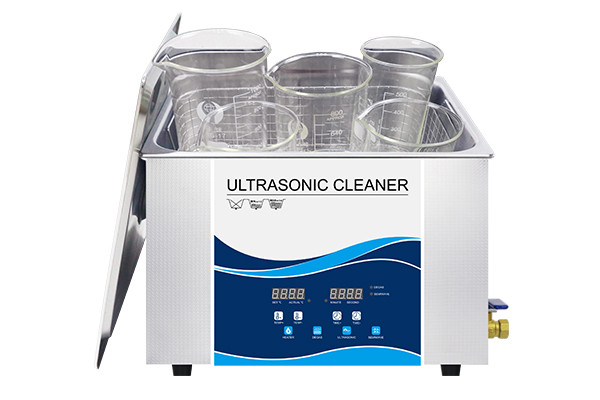Understanding Ultrasonic Semi-Wave Cleaning
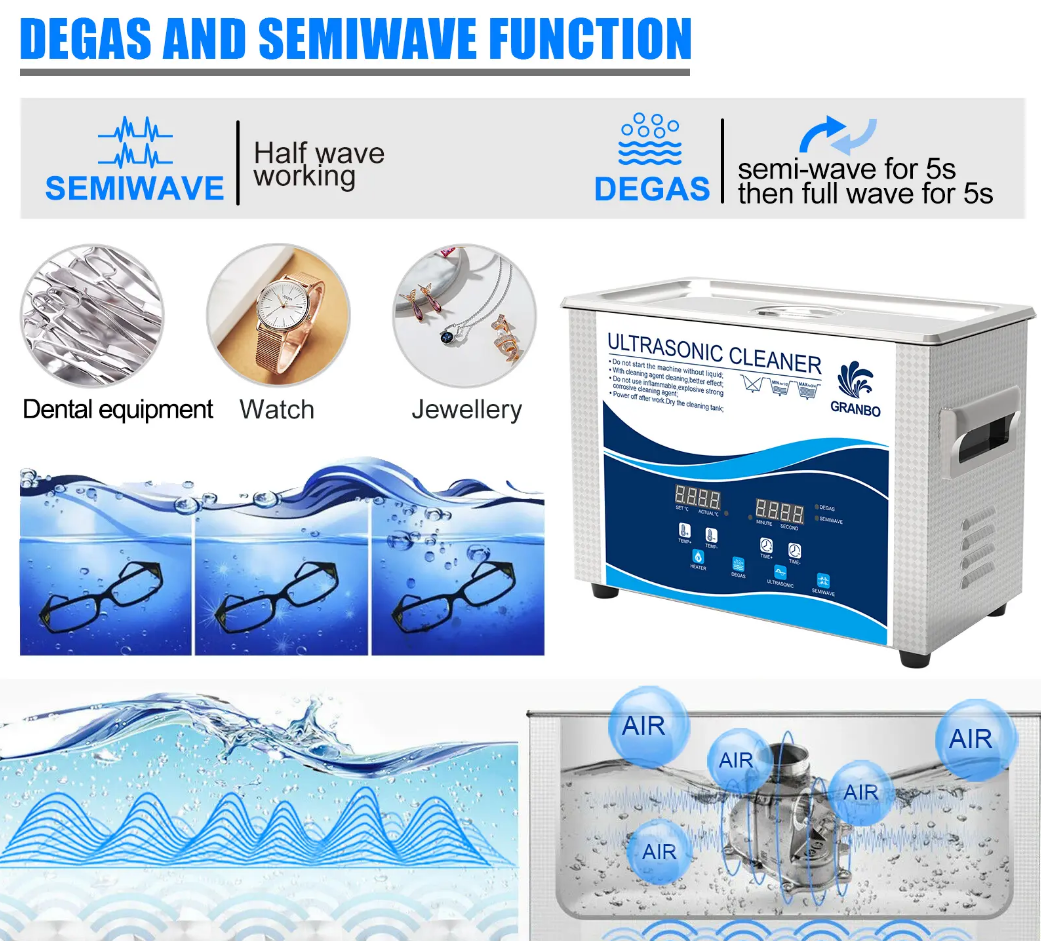
Ultrasonic cleaning has revolutionized the way delicate items like lenses and glasses are maintained. This cleaning method utilizes high-frequency sound waves to remove dirt, oil, and microscopic debris effectively. The semi-wave ultrasonic technology enhances this process by balancing power efficiency and cleaning performance, making it ideal for fragile surfaces that require thorough but gentle cleaning.
By incorporating a digital timer, heater, and adjustable degas function, modern ultrasonic cleaners provide users with enhanced control over the cleaning process. This ensures optimal results without causing damage to sensitive optical surfaces. Whether you’re a professional optician, a photographer, or someone who relies on crystal-clear lenses, investing in a high-quality ultrasonic cleaner can significantly improve maintenance efficiency.
Key Features of a Digital Timer and Adjustable Heater
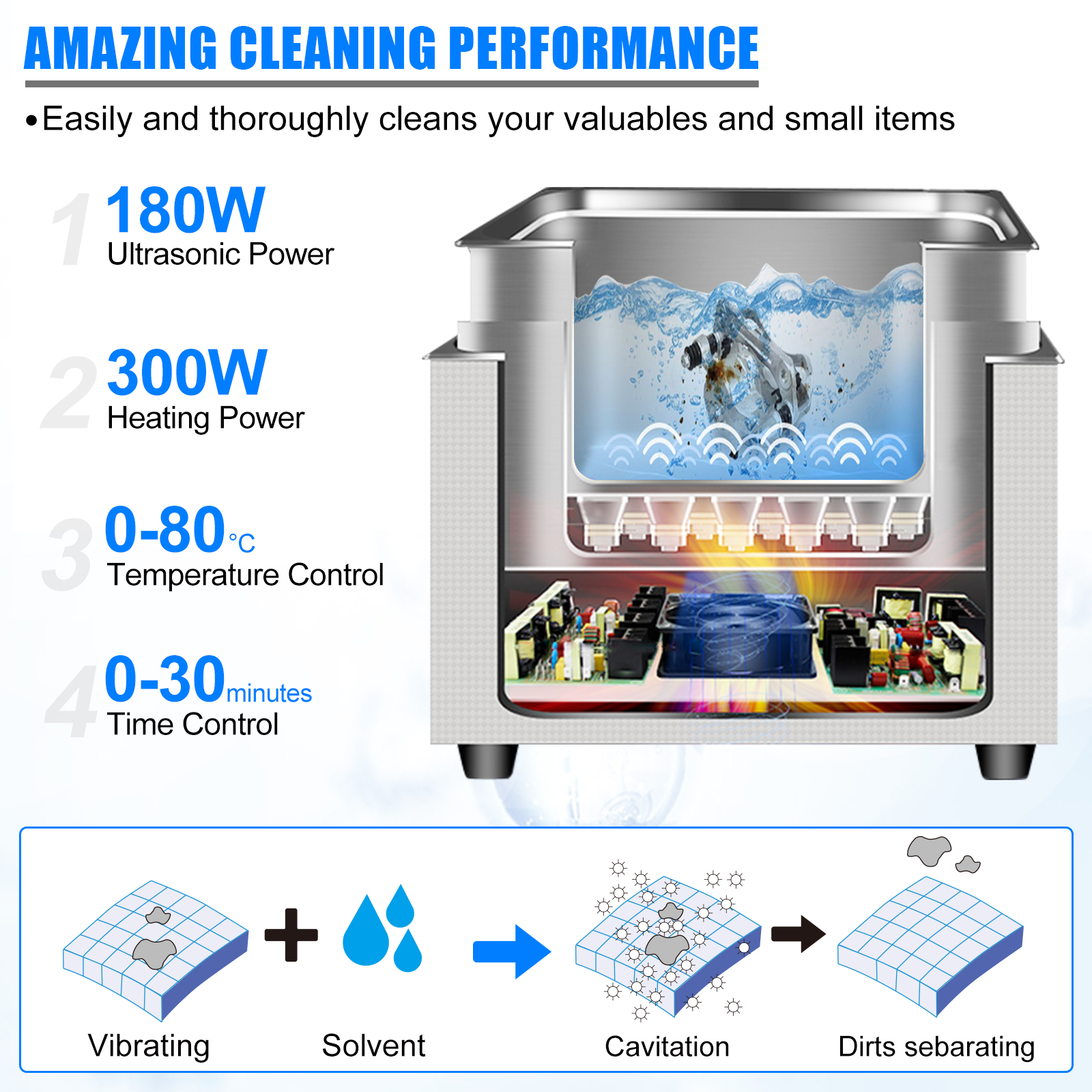
One of the standout features of ultrasonic cleaners is the integration of a digital timer. This function allows users to set precise cleaning durations, ensuring the process is neither too short (leaving behind residue) nor too long (potentially harming delicate coatings).
Similarly, the adjustable heater plays a crucial role in enhancing cleaning efficiency. Heat helps break down oils and stubborn contaminants that cling to the surface of lenses and glasses. However, excessive heat can damage coatings, which is why temperature control is essential. The ideal range for lens cleaning typically falls between 40°C and 50°C, allowing for safe yet effective cleansing.
The Importance of the Degas Function in Ultrasonic Cleaning

Degassing is a lesser-known but crucial feature of high-end ultrasonic cleaners. When cleaning solutions are first introduced into the tank, they contain dissolved gases that can interfere with cavitation—the process responsible for cleaning action. The degas function removes these unwanted gases, ensuring more efficient cleaning.
By utilizing the degas feature, users can achieve faster and more uniform cleaning results. This is particularly beneficial when cleaning multiple items simultaneously, such as prescription glasses, camera lenses, or lab equipment. The degassing process takes only a few minutes but significantly improves the overall performance of the ultrasonic cleaner.
How Ultrasonic Cleaning Protects Lens Coatings and Glass
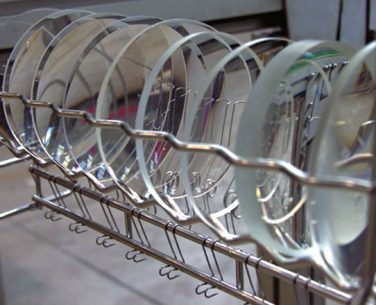
One of the primary concerns when cleaning optical lenses is the potential damage to their coatings. Anti-reflective (AR) coatings, UV protection layers, and hydrophobic coatings require special care to maintain their integrity. Unlike traditional cleaning methods that rely on physical scrubbing, ultrasonic cleaning eliminates contaminants without direct contact.
The microscopic bubbles generated by ultrasonic waves gently lift dirt and oils without abrasion. This prevents scratches and extends the lifespan of expensive eyewear and optical instruments. Moreover, ultrasonic cleaning reaches crevices and tight spaces that are impossible to clean manually, ensuring a deeper and more thorough cleanse.
Choosing the Right Ultrasonic Cleaner for Lenses and Glasses
With a variety of ultrasonic cleaners available on the market, selecting the right model can be overwhelming. Here are a few factors to consider:
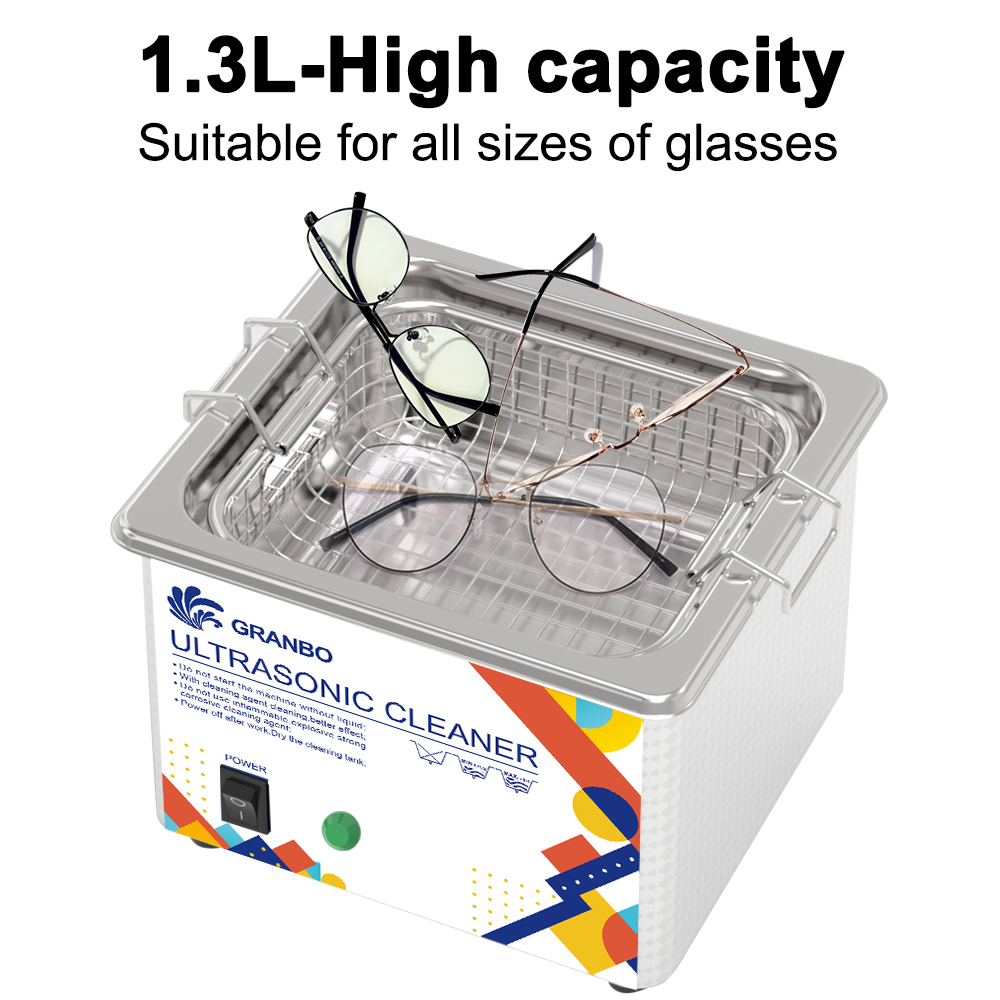
- Tank Size: Ensure the cleaner’s tank is large enough to accommodate your lenses or multiple items at once.
- Frequency: Most ultrasonic cleaners operate at frequencies between 35 kHz and 45 kHz, suitable for delicate items.
- Adjustable Settings: A model with customizable timer, temperature, and degas functions offers greater flexibility.
- Material and Build Quality: Stainless steel tanks are preferred for durability and longevity.
By investing in a high-quality ultrasonic cleaner with these features, users can maintain their lenses and glasses in pristine condition with minimal effort.
References
- Nyborg, W. L. (1981). Ultrasound: Its applications in medicine and biology. Elsevier.
- Suslick, K. S. (1990). Sonochemistry. Science, 247(4949), 1439-1445.
- Mason, T. J. (2012). Advances in Sonochemistry: Ultrasonic Cleaning. Elsevier.

